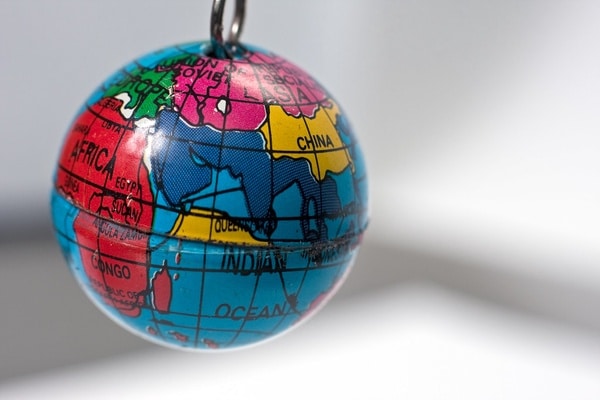
Views of Future Earth – Part II
by Usha Alexander
[This is the eighth in a series of essays, On Climate Truth and Fiction, in which I raise questions about environmental distress, the human experience, and storytelling. It first appeared on 3 Quarks Daily. This eighth essay is divided into four parts. The seventh essay in the series, called “Our Moment on Earth”, is here.]
Canaries in a Coal Mine
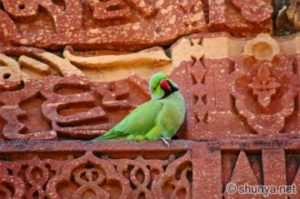
One evening some years ago, I noticed that something about our back patio light looked … unnatural, though I couldn’t say just what about it was odd. Only weeks later did it hit me: the light was absolutely denuded of any cloud of insects that should have been swarming irritatingly around it. Indeed, I don’t remember the last time I saw a moth in or near our home. In the years since I’ve settled in the National Capital Region of India, moths seem to have disappeared from our neighborhood. Gone are the days of periodically cleaning out dead bugs from the light fixtures. Geckos, who used to peek down at us from somewhere near the ceiling or behind wall hangings, are no longer seen or heard. Stately kite hawks circling above, hunting from the updrafts, have nearly disappeared. Parrots, too, have mostly vanished. We used to see great flocks of parrots sweeping across the muted hues of dusk. Or perched like ornamental gems upon the red sandstone relics of Delhi’s lost dynasties. No longer. It seems that the delightfully messy accommodation of nature in Indian urban spaces, which I remarked upon when I first arrived, was failing.
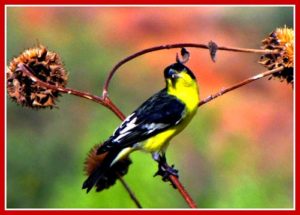
A 2020 report on Indian birds has shown that eighty percent of one-hundred and forty-six well-tracked species are in sharp decline. In North America, bird populations have crashed by twenty-nine percent in the past fifty years. Starvation was responsible for at least one mass die-off of songbirds in the US southwestern desert last year. Worldwide, forty percent of bird species are in decline. It’s not only canaries at risk in our global coal mine. Among land-dwelling vertebrates (including birds), five hundred species are expected to go extinct within the next twenty years – that’s double the rate of extinctions from the previous century, which is already, conservatively, fifteen times the natural background rate of extinction in pre-human times. Forty percent of amphibian species have already been lost over the past hundred years. The picture is even worse for invertebrates. Across the planet, insects from dragonflies to beetles are vanishing. Studies from the UK and US suggest that disappearing populations of moths and butterflies aren’t limited to my neighborhood in India. It strikes me that the tired but often unavoidably apt old expression, “like moths to a flame,” won’t even mean anything to a child under ten. “What’s a moth?” they might ask.
But this concern goes beyond nostalgia. Birds, beetles, geckos, worms, fungi, grasses, microbes – every form of life plays a part in the intricate web that supports us and all living things. Sever too many strands, and the whole edifice of life, as we’ve known it, will collapse. Is collapsing. But though climate change gets nearly all of the environmental press these days, it isn’t the primary driver of this ongoing loss of biodiversity. The present mass extinction event began before the mass burning of fossil fuels. It’s been driven by overexploitation, habitat destruction, and myriad forms of pollution, including a host of toxic chemicals. It has accelerated aggressively in this Industrial Age.
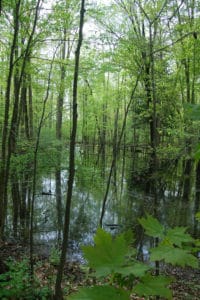
Since the dawn of agriculture, human activity has reduced the Earth’s total plant biomass by half; plants comprise about eighty percent of global biomass. Since pre-industrial times, wilderness areas have shrunk by seventy-five percent, wetlands by ninety percent. In 2020, the mass of plastic in use was double that of all the animals living on Earth. This figure doesn’t include plastic waste, so it comprises only part of the crisis now dubbed “Global Plastic”: the total infiltration of macro- and micro-plastics into landscapes, oceans, air, and living beings. Artificial waste, industrial and agricultural chemicals have wound their way into the fabric of our planet, into the very bodies of living things, with consequences not yet fully understood, though certainly detrimental to the health of life on Earth. Indeed, the rapid decline of our living world has been so drastic in recent decades that we’re just beginning to come to grips with what we’ve wrought – let alone actively imagine what is truly signified by the changes around us. To reckon with what is unfolding, we must acknowledge that the future world will be very different from the one our ancestors knew – or even the one many of us grew up in.
[End of Part II]
[Views of Future Earth – Part III ]
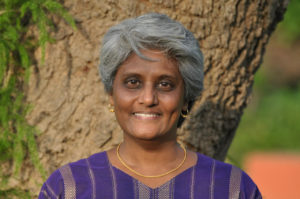
Usha Alexander was born to Indian immigrants who came to the United States in the 1950s and settled in the very small town of Pocatello, Idaho. She ran away to university at the age of 19, and later joined the US Peace Corps, where she served as a science teacher in the archipelago nation of Vanuatu. In the late 90s, Usha made her way to the San Francisco Bay Area of California, where she settled and worked for Apple Computer for many years.
Since 2013, Usha resides with her partner, writer and photographer, Namit Arora, in the National Capital Region of India. Usha has lived in four different countries and has learned to carry her home within herself, yet she frequently returns to the CA Bay Area with a certain sense of homecoming.